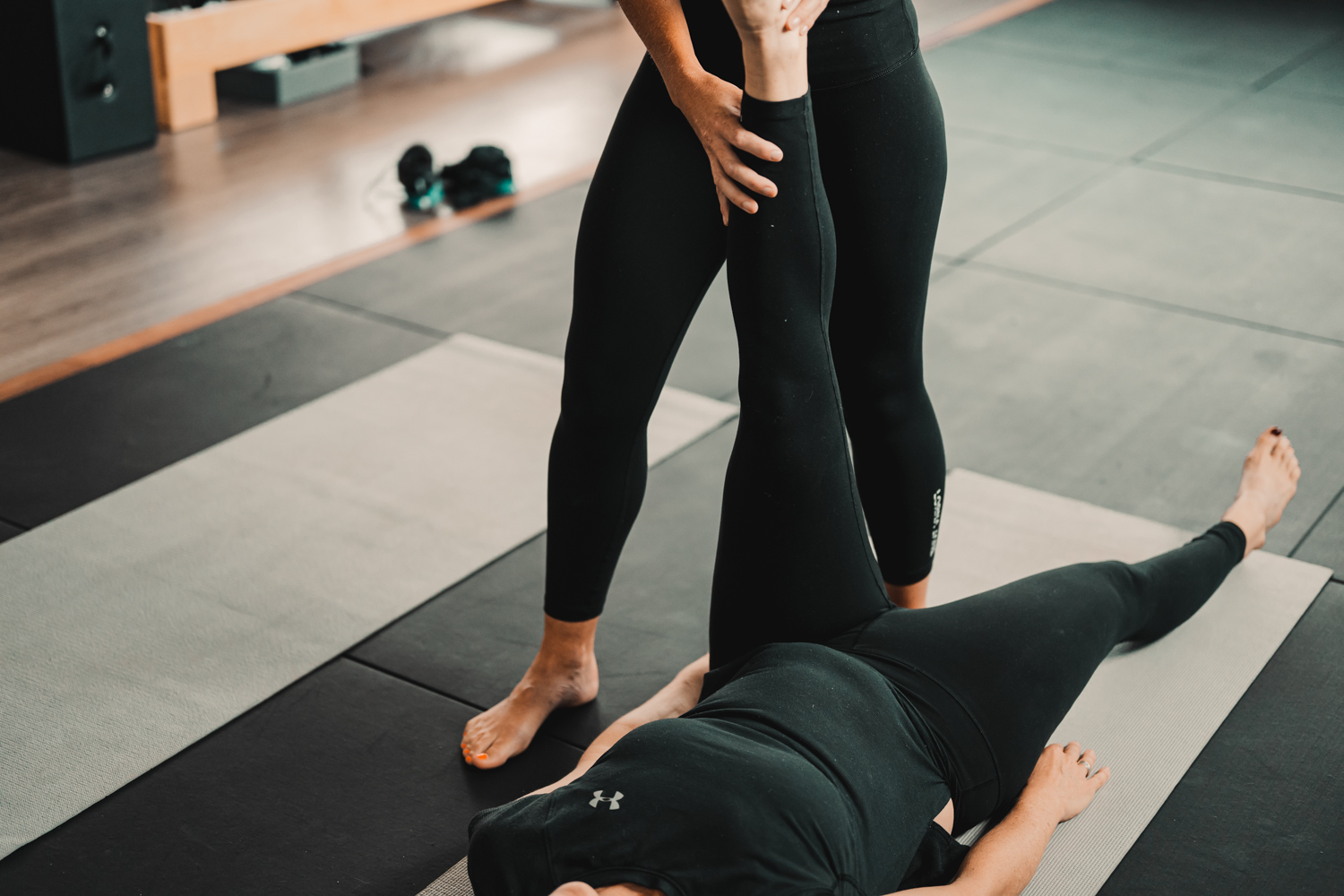Muscles Tightness & Back Pain Are On The Rise. Here’s Why & What To Do About It.
If your back aches, you just can’t do the things you used to love and normal motion hurts, you’re not alone. Muscle tightness and back pain are on the rise, and studies show that as many as 8 out of 10 adults will experience agonising muscle spasms in their lower backs.
In this article, we’ll take a look at the causes of tightness and pain, and highlight a few simple steps that will help prevent these debilitating conditions.
What Causes Muscle Tightness?
Mild muscle stiffness is often benign and treatable, whereas muscle tightness that is severe, chronic, or comes on very suddenly can signal a serious underlying health condition.
Tightness in the muscles, tendons and ligaments around the neck, spine, hips, knees or ankles can severely limit our range of motion, making even the most mundane of tasks, such as bending down to tie our shoelaces or straightening up when we get out of a chair, painful.
A number of different factors impact muscle tightness. These include:
1. A Sedentary Lifestyle
Our lifestyles have become increasingly sedentary, characterised by long periods of inactivity and hours of sitting hunched over computer keyboards. This type of muscle tightness and stiffness is most noticeable when we try to get up, gradually gets worse over time and reduces after periods of activity.
Prolonged periods of inactivity can also lead to muscle weakness, which makes us more prone to injury when we do start exercising again.
The best way to deal with this type of stiffness is to take frequent breaks to stand up and stretch. Also, do more regular exercise, starting slowly and building up gradually to avoid injury.
2. Dehydration & Electrolyte Loss
When dehydrated, the body is deprived of the fluids and electrolytes it needs to function properly. Amongst other health concerns, this leads to muscle stiffness, cramps and spasms. In such cases, drinking more water will help to prevent dehydration and supplementing electrolytes will help to relieve associated muscle cramps.
3. Strains & Sprains
Muscle stiffness and tightness can also be caused by strains to muscles and tendons and/or sprains to ligaments. These range from a slight pain, which occurs when overstretching the area, to a very painful tear. Strains and sprains may occur suddenly during activities such as walking or running, but can also develop gradually during overuse.
4. Exercise-Related Injuries
Excessive exercise or a sudden change in your exercise routine (usually trying to do too much too soon) can also lead to muscle stiffness. Known as delayed-onset muscle soreness (DOMS), it’s one of the most common causes of exercise-related injuries. Pain and tightness is caused by microscopic tears that develop in the overexerted muscles. Symptoms usually resolve within five days, although massage, ice, elevation, and over-the-counter pain killers may help to speed up recovery.
What Causes Back Pain?
The causes of back pain are complex, particularly as the onset of back pain is usually sudden. One minute you’re lifting something, going for that goal or digging in the garden and the next you’re in agony. This happens so often, you’d be forgiven for thinking it’s the activity that’s really to blame.
In fact, several subtle changes in your body have conspired over time to cause a muscle spasm which triggers the back pain episode. Let’s take a closer look at how this happens.
Muscle Tightness Causes Muscular Imbalances
A sedentary lifestyle, or one that includes only one type of exercise, may lead to tightness in some muscles and weakness in others. Such muscular imbalances cause a constant stream of abnormal stresses and strains to be placed on the joints, discs and ligaments within the lumbar spine.
Muscle Spasm
The root cause of the muscle spasms which precede back pain attacks lies in this series of seemingly inconsequential strains and injuries to structures within the lumbar spine induced by muscular imbalances in the body.
Such injuries have usually been happening for some time prior to the spasm, resulting in a build up of inflammation in the area which sensitises the surrounding nerves. Any unusual movement can aggravate one of the injured spinal structures, causing the sensitised nerves to trigger the involuntary contraction of muscles, which we experience as a painful muscle spasm just before the back pain begins.
Medical Conditions
Medical conditions such as degenerative disc disease or herniated discs put pressure on the spinal nerve root causing irritation and inflammation. The body tries to protect the nerve and stop the pain by immobilising the area and tightening the muscles around the spine, resulting in a painful muscle spasm.
How to Treat Muscle Spasm and Back Pain
For the first two to three days, lie down on your back. Elevate your legs to take the pressure off your spine and apply an ice pack to the affected area for 20 minutes. Repeat every two hours. After 72 hours, apply a heating pad or soak in a bath of hot water. For lower back pain, a combination of rest, ice/heat and medication works better than just using one treatment option.
Over-the-counter painkillers (aspirin or ibuprofen) can help to reduce inflammation and alleviate pain. Consult your healthcare practitioner regarding appropriate medication and dosage.
How to Prevent Back Pain
There are a few things you can do to prevent a back pain attack or a recurrence once you’ve recovered from one.
Get Active, But Take it Slow
If you’ve been living a sedentary lifestyle, slowly incorporate regular physical activities into your days. Pick something you enjoy, or try something new. Just take it slowly at first and give your muscles time to adjust.
Warm Up & Stretch
Take 10 minutes to warm up with gentle exercises that are similar to those you’ll be doing in your workout. When you’re done, take another 10 minutes to warm down and stretch. Be gentle and don’t force anything.
Focus on Full Body Functionality
Avoid muscle imbalances by incorporating forms of exercise, such as Pilates or stretch and mobility classes, which provide a full body workout and focus on overall body functionality, into your exercise routine.
Include Strength Training
Whether you use resistance bands, weights, dumbbells or your own body weight, incorporate strength training into your workout program. It not only builds muscles, but also reduces muscular imbalances. Be sure to balance your back muscle strength routine with an equal abdominal workout as these sets of muscles must work in balance to support your spine.
It’s Never Too Late To Save Your Back. Start today
Try one of our pilates, strength and conditioning or stretch and mobility classes, join our Women’s Fitness Program or take part in our Six Week Live Well Challenge. Talk to our friendly team about a fitness program that works for you, increasing your strength and flexibility, while protecting your back from injury.





